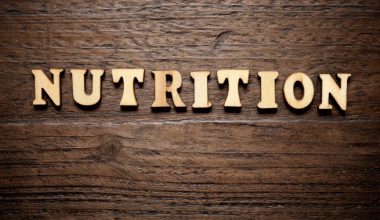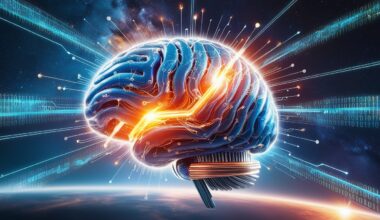The best time for exercising is when you can make it, but prefer morning or during the day. Evenings are riskier as you are more prone to say ‘I’m tired’.
Waist to hip ratio (WHR) should not be more than 1.
WHY EXERCISE
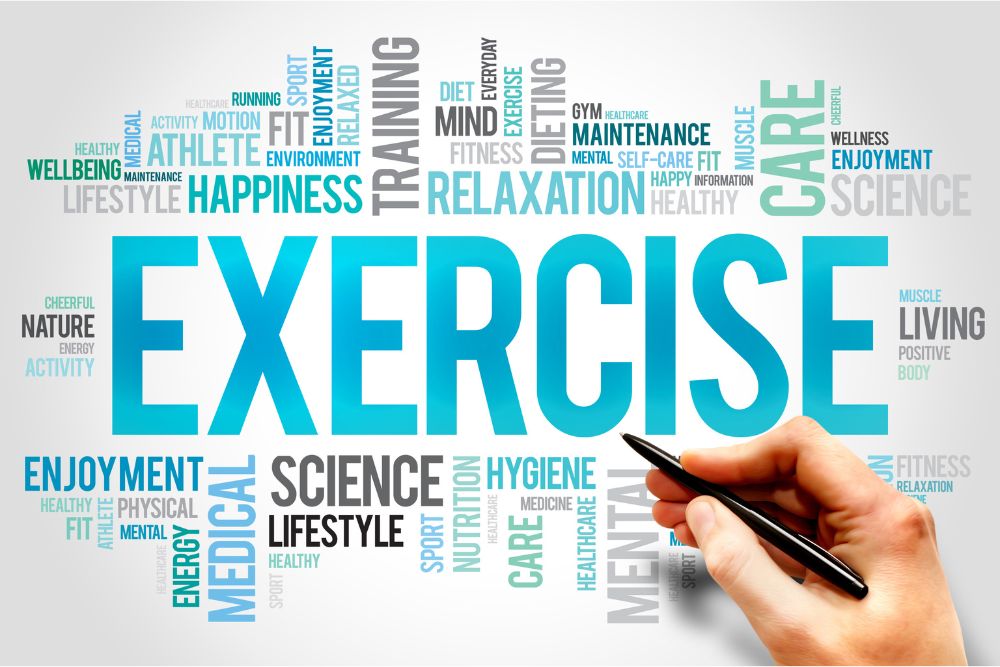
• A stronger heart and better equipped muscles against the ageing process. Prevents muscle deterioration.
• Builds bone density and prevents Osteoporosis.
• Prevents high blood pressure.
• Helps lose fat. Studies show that dieting requires four times more weight loss to lose the same amount of central fat.
• Weight control. It changes your metabolism. Hence more calories get burnt.
• Temporarily reduces anxiety.
• Exercise gives you energy. Increases the production of red blood cells which in turn enhance the supply of oxygen to the muscles.
• The improved fitness level leaves us less tired at the end of the day.
• Helps maintain reflexes and coordination. Muscle memory and physical skills stay sharp.
• Makes us look better. Better shape and better skin. • See exercising in the face of all constraints as an opportunity to develop willpower as well as
THREE TYPES OF EXERCISE:
Think of fitness and exercise as three-legged stool. A good exercise program is one that will build our body in three areas; endurance, flexibility, and strength.
1. CARDIOVASCULAR(Endurance)
• The good thing is that we can mix and match. For instance, treadmill, outside walk, biking, playing cricket, swimming, hiking, playing golf, other machines etc.
• The goal should be to get inside our target heart rate (60 to 80 percent of the maximum heart rate – 106 to 141 for me) and to stay there for a minimum of twenty minutes.
• Take the stairs every chance you can. As you huff and puff view this as a free fitness opportunity.
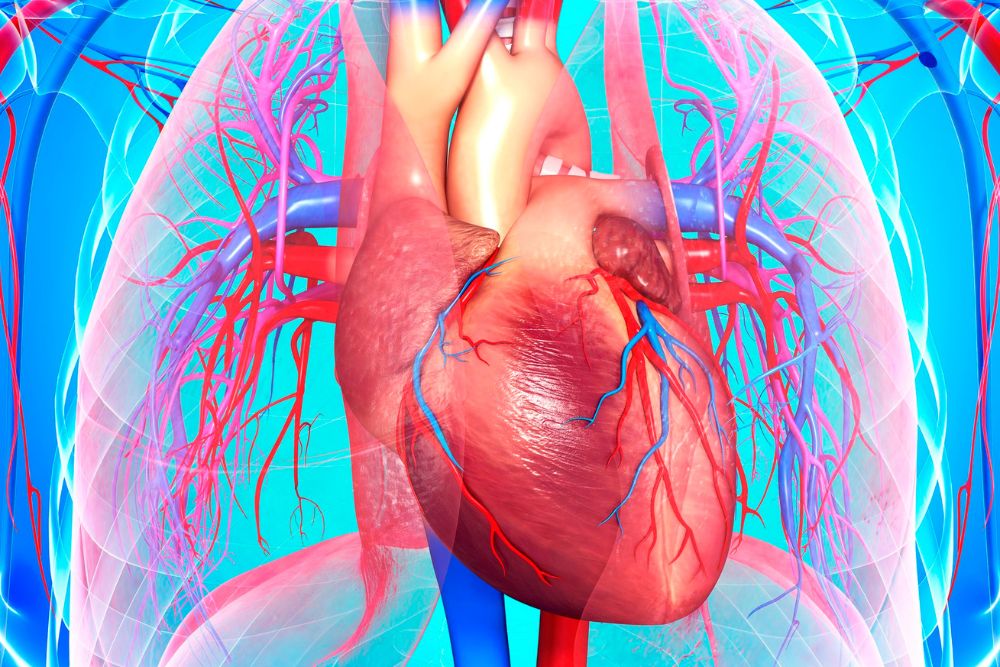
2. MUSCLE STRENGTH(Strength)
• Strength training is the only remedy to build muscles.
• These exercises burn more calories and strengthen and develop our muscle tissues and this can increase our metabolism.
• There is no maximum age for lifting weights. Exercises involving lifting weights give us the muscular strength to go through life with a minimum of discomfort, and lower risk of injuries.
• People who do not engage in such exercises as they get older, will lose muscle and bone mass faster than if they did.
• If the weights are not available, body weight can be used. Such as pull ups, push ups, sit-ups etc.
• ADVICE: Leave the power lifting to younger folks, listen to your body, don’t look for spot reduction, one set of each lift is enough (repletion of the same does not provide any extra benefit).
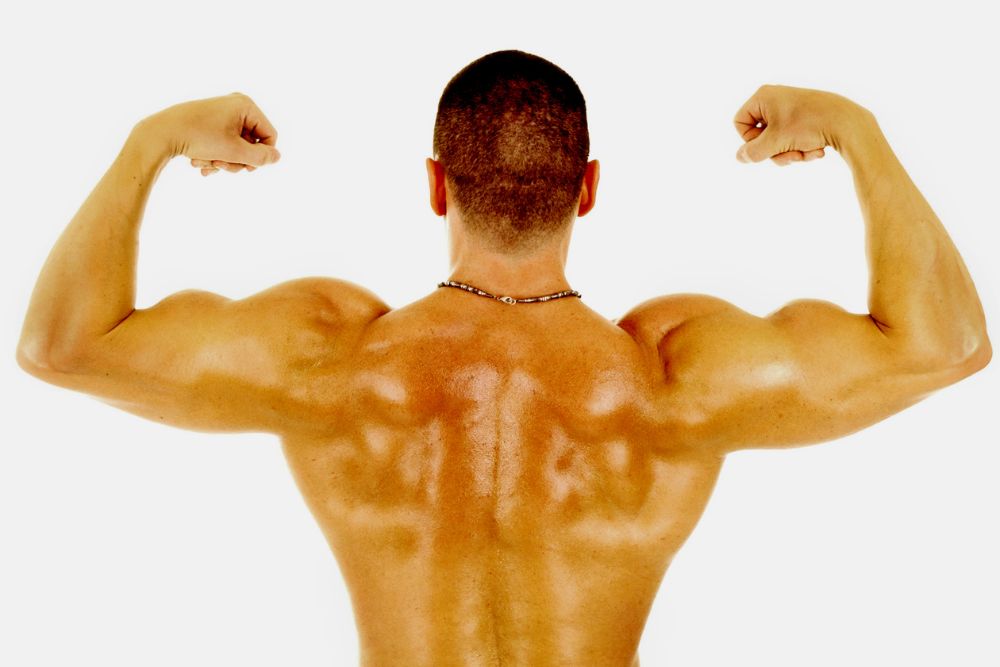
3. STRETCHING (Flexibility)
• Always stretch before working out or playing a sport. It is also very advisable to stretch at the start of your day. Stretching afterwards is also useful, as it helps to dissipate the lactic acid so that we don’t feel stiff and sore.
• Stretching increase circulation and blood flow, relaxes the body, reduces stress and anxiety, and improves coordination.
• After we become more flexible, our body is less prone to injury, enjoys a greater range of motion, recovers from work-outs more quickly, and just feels better.
• Back exercises [i) reducing the disc bulge if you have been inclining for a while– palms of the hands placed on the upper buttocks with thumbs pointing forward, knees locked (straight). Gaze is forward and the head is not “thrown back”. ii) Lie face down over a pillow with arms outstretched and relaxed. Lift one arm and the opposite leg. Repeat with other limbs. iii) Lie face down over a pillow with your arms slightly bent over your head. Gently lift your arms, head, and shoulders off the floor as high as you can. iv) Lie face down over a pillow with arms outstretched. Lift your upper body and head, keeping the arms outstretched. Do not allow the feet to lift off the floor. v) Kneel on your hands and knees. Lift and straighten your leg out as you lift the opposite arm forwards and upwards. Repeat with other limbs.] Hamstring flexibility {Sit straight. Straighten and hold one leg (till you feel tightness) after the other}.
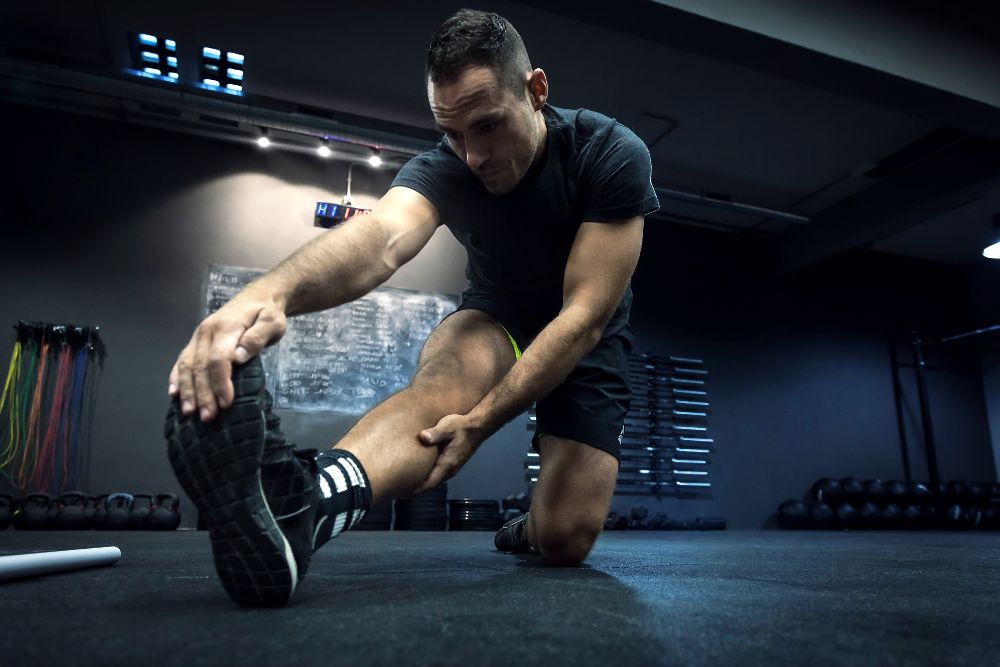
LOWER BACK
PRECAUTIONS:
• Strengthen the muscles that support the back.
• Strengthen the abdomen.
• Correct the posture.
• Use proper lifting techniques. Don’t lift heavy weight from one hand, balance on both sides.
• Understand the physical limitations of the back.
• Swimming is good, especially free style and on the back.
• Avoid running and jumping.
• Be careful to save spine from trauma and injuries.
• Avoid stress. Stress causes muscles to contract – reducing blood flow to the tissues. Stress hormones also heighten the perception of pain.
• Don’t compare yourself with others. Remember that you are doing it for yourself and no one else.
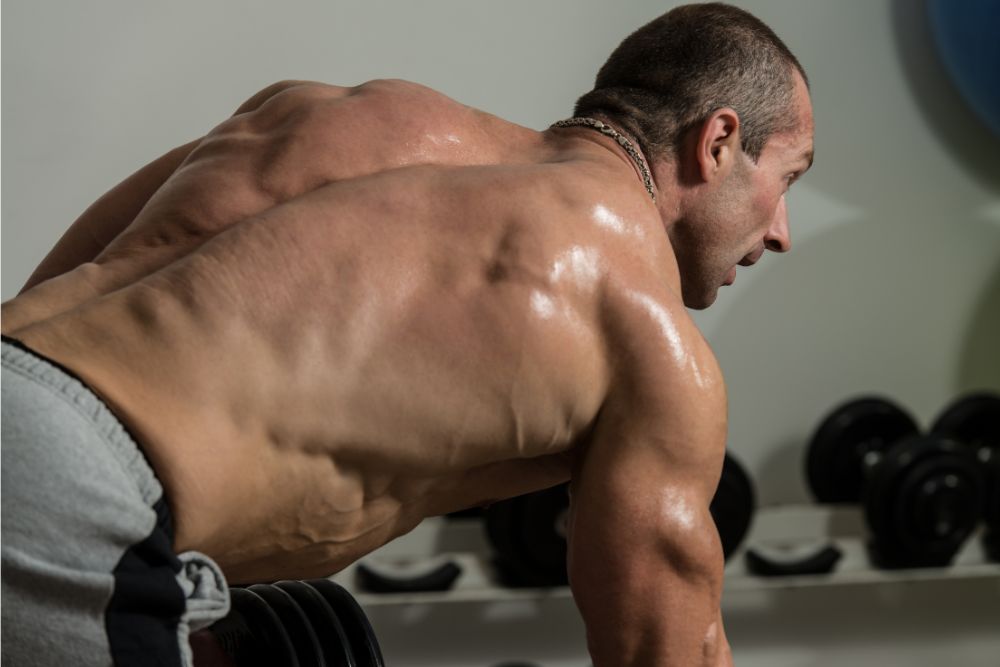
POSTURE:
• Keep the ears, shoulders, and hips in a straight line with the head up and stomach pulled in.
• Don’t stand for long periods of time. If necessary, walk.
• Chairs should either have straight backs or low-back support. Chairs should swivel around to avoid twisting at the waist, have arm rests, and adjustable backs.
• While sitting the knee should be a little higher than the hips, so a low stool or hassock is useful to put the feet on.
DRIVING:
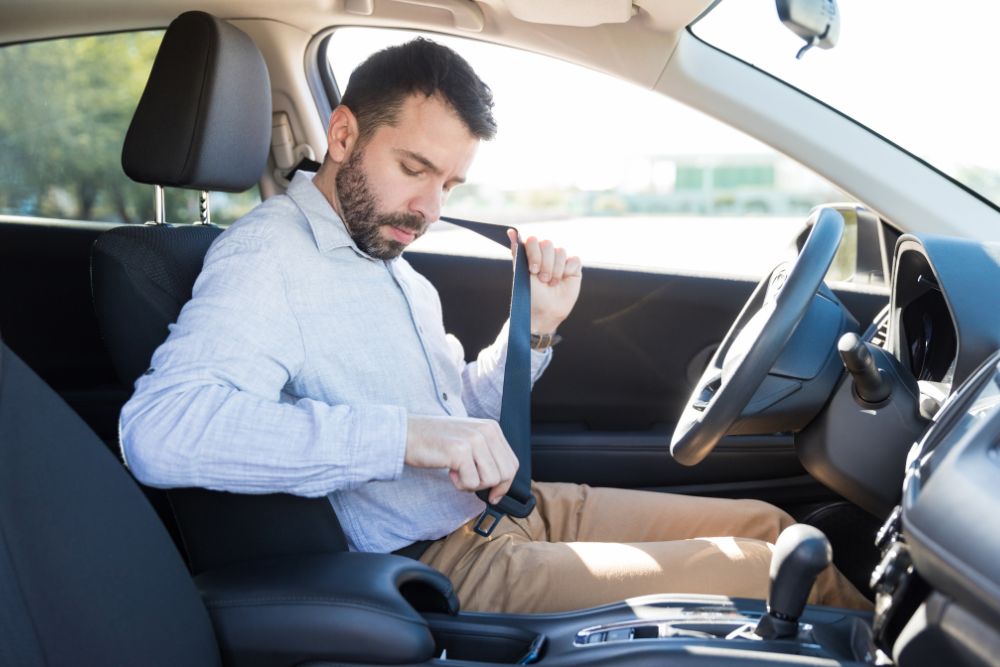
• Move the seat as far forward as possible to avoid bending forward.
• The back of the seat should be reclined not more than 30.
• The seat bottom should be tilted slightly up in front.
• Stop and walk around every hour.
• Avoid lifting and carrying objects immediately after the ride.
SLEEP:
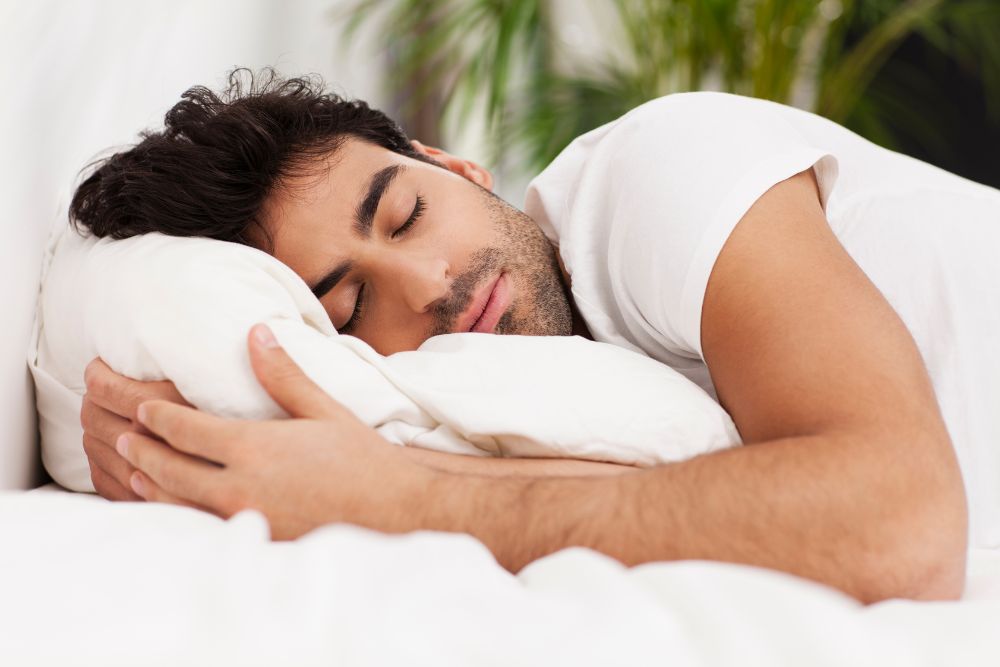
• Sleep a minimum of eight hours a day. Sleep is a priority over TV and non-essential activities.
• Sleep is an essential part of fitness. It rejuvenates our body and makes us less vulnerable to illnesses, accidents, and depression.
• Establish a regular sleep routine.
• Snoozing is a good and useful habit. (Lying on the floor with legs up).
• Our bedroom needs to be quiet, dark, the right temperature and sleep-friendly.
• A couple needs a king-size bed. • Be careful about exercising just before the bed-time. Stretching is fine, though.




